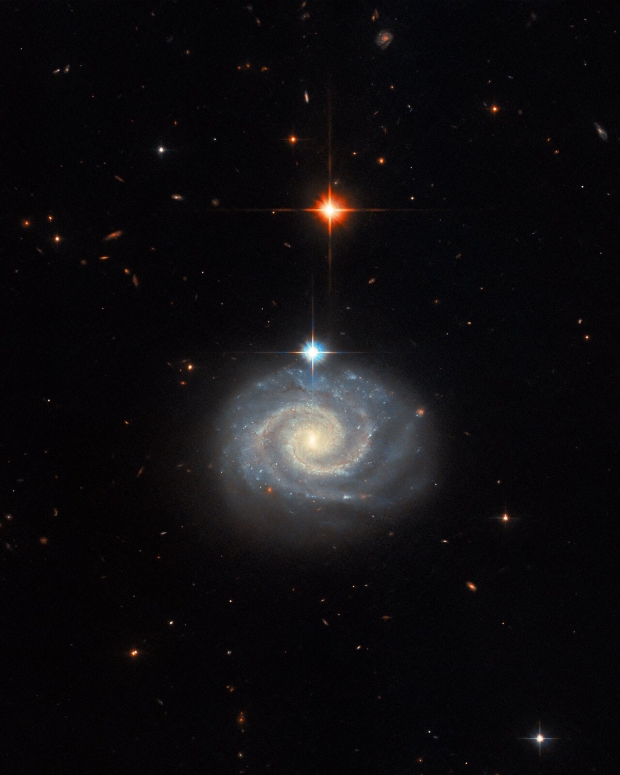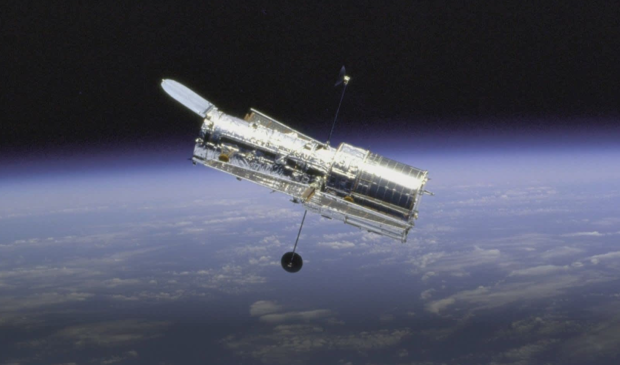NASA's iconic Hubble Space Telescope has snapped a new picture of a distant astronomical object that's giving off "forbidden" light.

The object is officially called MCG-01-24-014, and it's a spiral galaxy that's located 275 million light years from Earth within the constellation Hydra. The European Space Agency (ESA) explains on its website that MCG-01-24-014 has what scientists call an AGN, or an active galactic nucleus, leading to MCG-01-24-014's specific classification of a Type-2 Seyfert galaxy, which is known to emit a "so-called 'forbidden' emission". So, why is it forbidden?
Firstly, Type-1 and 2 Seyfert galaxies are differentiated by their spectra, or the observable light that is emitted from a galaxy in different wavelengths.
"Spectra look the way they do because certain atoms and molecules will absorb and emit light very reliably at very specific wavelengths. The reason for this is quantum physics: electrons (the tiny particles that orbit the nuclei of atoms and molecules) can only exist at very specific energies, and therefore, electrons can only lose or gain very specific amounts of energy. These very specific amounts of energy correspond to certain light wavelengths being absorbed or emitted," explains the ESA
MCG-01-24-014 emits this "forbidden" light as the ESA explains that according to certain rules of quantum physics, spectral emissions lines "should not exist". However, the space agency discloses that the rules of quantum physics are based on assumptions suited for laboratory experiments on Earth, which is a completely different environment than the energetic galactic core of a galaxy. Seemingly, within an AGN, the rules of quantum physics no longer apply, enabling galaxies such as MCG-01-24-014 to emit their "forbidden" light.
"Forbidden emission lines, therefore, are spectral emission lines that should not exist according to certain rules of quantum physics. But quantum physics is complex, and some of the rules used to predict it use assumptions that suit laboratory conditions here on Earth. Under those rules, this emission is 'forbidden' - so improbable that it's disregarded. But in space, in the midst of an incredibly energetic galactic core, those assumptions don't hold anymore, and the 'forbidden' light gets a chance to shine out towards us," adds the ESA


